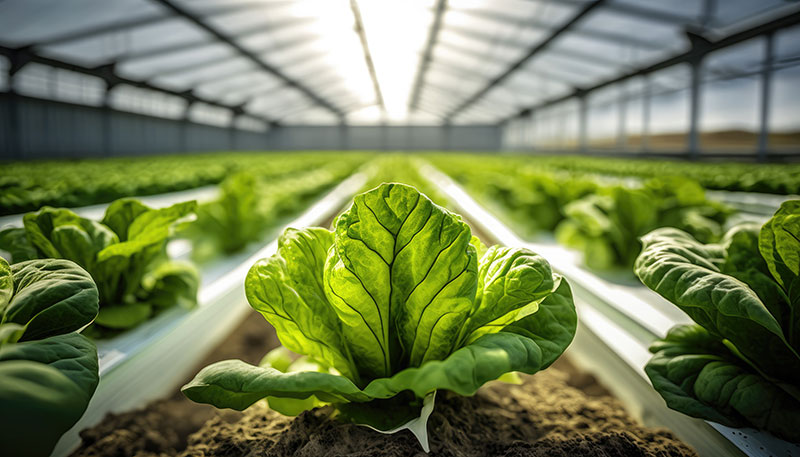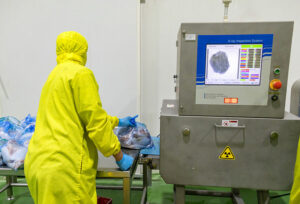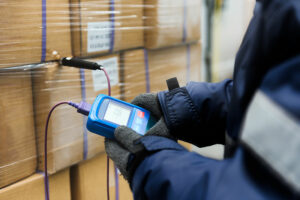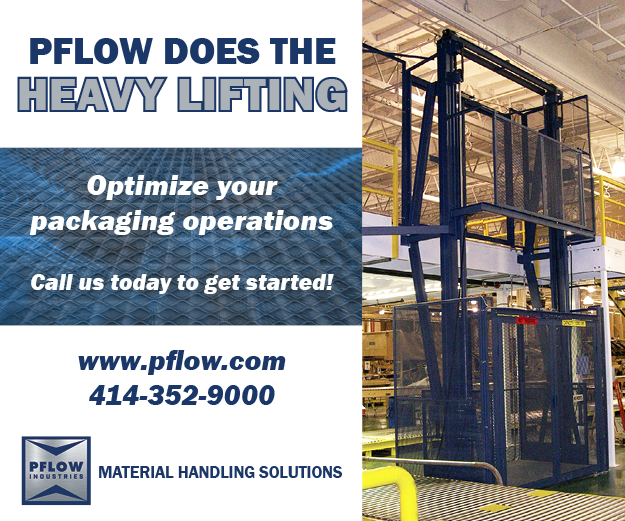Revisiting Food Safety Fundamentals

It is crucial that food and beverage businesses have agile, resilient supply networks to account for geopolitical changes, ecological alterations and consumer expectations.
Steps Companies Should Take Now to Combat Growing Food Supply Chain Risks
By Kimberly Coffin, global technical director – supply chain assurance at LRQA
In light of the growing number of risk factors for the global supply chain, food producers need to reconsider their approach to safety. There are steps companies should take to actively reduce the hazards associated with the current food supply chain.
With 2023’s Global Food Safety Initiative (GFSI) Conference now in the rear-view mirror, it is vital that the food industry keeps in mind the lessons learned to successfully navigate the road ahead. The past three years have shown that change in the risk landscape is unavoidable – though it can be managed. It is therefore crucial that food and beverage businesses have agile, resilient supply networks to account for geopolitical changes, ecological alterations and consumer expectations.
Considering environmental and economic concerns, consumer behavior is changing. With the financial crisis overlapping the pandemic, adaptations to shoppers’ habits are one of many changes the food industry has been grappling with. Global disruption seems to be a defining characteristic of the 2020s, though despite such upheavals, it is pleasing that large-scale food fraud, recalls, and food borne illnesses have remained relatively low. Even so, when incidents have occurred, the scale and impact to the businesses affected have been economically significant, showing a need for the food industry to stay focused on maintaining already high standards.
With the food supply chain in a state of constant flux, what is clear is the need for increased agility and resilience; having the ability to move quickly, adapt, and recover easily. It is crucial that food businesses revisit approaches to change while upholding food safety standards that consumers expect in light of evolving supply challenges and customer demands. Let’s explore in more detail.

The scale and nature of recalls that occurred in 2022 are concerning, with foreign object contamination as common in government reports as undeclared allergens.
Food safety fundamentals
Broadly speaking, the food sector has made excellent work of appropriately addressing supply concerns and making changes to operating models. However, the scale and nature of recalls that occurred in 2022 are concerning, with foreign object contamination as common in government reports as undeclared allergens.
The scope of recalls resulting from microbiological contamination, as well as their effects on operating efficiency, are more worrisome. With increasingly complex demands, sustaining hard-won consumer trust will be vital – and more challenging – in the years ahead.
Many investors are focussing on sustainable growth, with governments and regulators establishing new norms: food labels in the U.S. must be clear about ingredients and potential allergens and the UK government has been urged to regulate the edible insect industry.
Similarly, consumers themselves want raised standards, with a growing number of people challenging CEOs on environmental impacts of their products. Even the CEO of one of the biggest investment management firms in the world, Larry Fink, has spoken about his investments needing a ‘social purpose’ in addition to profit. With expectations from almost all interested parties undergoing such significant changes, we must ask ourselves how will this impact the food industry?

The food business needs to reassess its existing controls, ensuring they are implemented correctly and serving their purpose.
Supply chain consequences
Among the main risk factors likely to affect food businesses are climate change and consumers’ ever-growing ethical and environmental awareness. According to available environmental data, by 2100, food-related emissions alone will be enough to raise the global temperature by 2° Celsius unless radical change occurs soon. The consequences could be disastrous if the supply chain malfunctions due to environmental changes, however, the effect of any major disruption could also harm business reputations.
In reality, businesses are expected to deliver against complex risk variables in the face of evolving regulatory and consumer demands. To successfully navigate the present environment, there must be thorough awareness of the dynamic risk landscape including the inter-relationship between risks. For example, it is all well and good to do the right thing for the environment and corporate responsibility. However, actions in this area must never be allowed to compromise food safety. The risk landscape has many potential pitfalls and navigating them is no easy feat.

Benchmarks for food safety best practices include supplier approval, hygiene procedures, operational site standards, Environmental Monitoring Programs (EMPs), and processing controls.
What can be done?
One way to mitigate risk is through certification to a GFSI benchmarked standard, widely recognized as raising global food safety standards. It has become a benchmark in major food production markets, with guidelines for food safety best practice, such as supplier approval, hygiene procedures, operational site standards, Environmental Monitoring Programs (EMPs), and processing controls. These controls include managing foreign objects and allergens which – considering the near-ubiquity of GFSI accreditation – begs the question: what is causing the changes in food safety recalls?
Part of the problem is likely because many businesses are operating under an unprecedent combination of stressors – there may be less on-site support, fewer employees managing manufacturing lines, new or extended supplier lists, or a stronger emphasis on saving costs. What is concerning is that fundamental methods and standards for managing food safety may not be keeping up. Procedures must be routinely reviewed with reference to the following issues:
- Is what we do truly necessary to deliver safe food?
- Are the practices sustainable?
- Do the monitoring techniques used now offer a foundation for data-driven decisions?
- Food safety responsibilities and accountability: Do we possess the capabilities to meet the demands?
As a result, organizations need to change the way they think and put traditional methods of food safety management to the test.
Taking a step back to move forward
Organizations should step back to assess systems, processes, and procedures. Gaps must be identified to achieve a harmonized risk-based approach to supply chain management. This can be a balancing act, taking into consideration regulatory requirements and customer expectations, as well as internal objectives. As part of this, businesses must determine whether their working environment is suitable for their techniques. The food business needs to reassess its existing controls, ensuring they are implemented correctly and serving their purpose. As our risk environment continues to change, change management has never been more crucial.
About the Author
Kimberly Coffin is the Global Technical Director – Supply Chain Assurance at LRQA. To learn more about food safety, visit LRQA.com.








